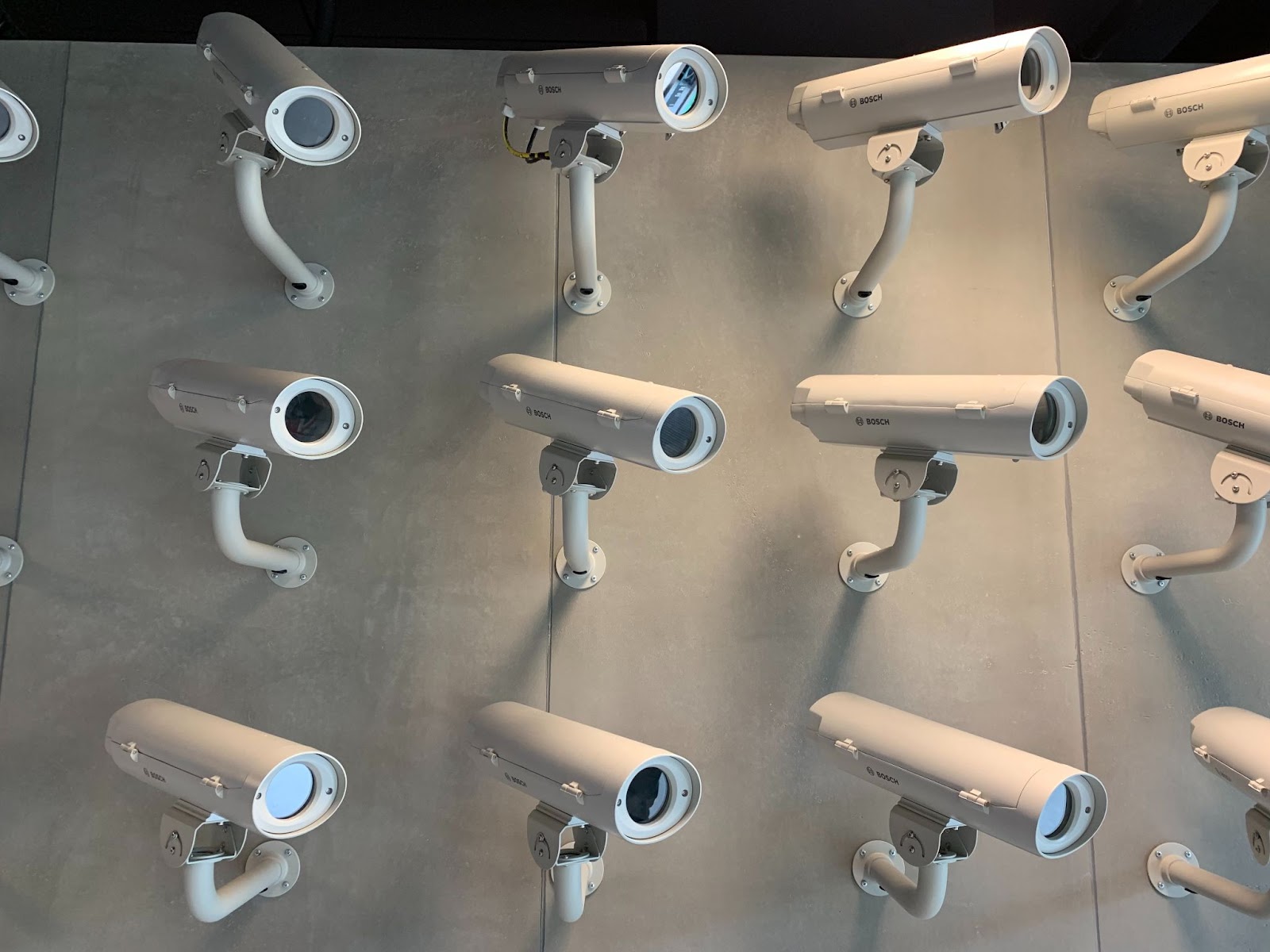What if you could talk to your home? Image telling it to turn the lights off, lower the thermostat, and play music when you get home. The funny thing is, this is not science fiction. It is our real world, and it is called the Internet of Things (IoT).
More homeowners are beginning to making their houses ‘smart’. This is done by adding smart devices, hardware, or software in different rooms throughout the home. Smart devices are not only practical, but you can also add tremendous value to your home by implementing some of them. For example, if you have thought that I need to sell my house fast, consider adding smart devices to make your property more appealing. These devices are constantly improving, which means that your home will become increasingly more enhanced.
Now you can have your kitchen communicate with your living room. Your vacuum cleaner can start at your command, and your home can remain secure even when you aren’t there. We live in a world of home automation, and the new term for it is “Smart Home”.
How Do You Get a SmartHome?
To get started, you can buy various of electronic gizmos and sensors for each part of your property. Some people install the devices themselves, and others hire a professional. Installing a handful of devices isn’t too hard for someone to DIY. However, if your vision is to fully automate your entire house, you may want to bring in an expert to assist you.
The Voice Command Assistant
We think voice assistants are the best place to start with home automation. These devices offer a great way to listen to music, search for news, access photos, and even connect with other devices in your home.
Although there are many types of devices of this nature, some tied to Apple and others tied to Google, we think the best overall compatible device is Alexa. Most people have heard of the Alexa command speaker where you can ask simple questions like “Alexa, find me a recipe for apple pie,” you may not know that Alexa can now connect to other devices in your homes like TVs and even the thermostat.
You can ask Alexa to play music on Spotify or to turn off the lights. Many devices that have IoT can now connect to Alexa. Some of these brands include Samsung, Nest, Phillips, and Schlage.
Smart lighting
Add smart lighting to your home in a very inexpensive way. Use Smart Bulbs that you can add to your fixtures. Most of these bulbs have Wi-Fi built into the bulb. In some cases, depending on the product, you won’t need to add any extra hardware. The Wyze Bulb is an example of this type of lighting, which can help you decrease your utility bill through its automation settings and controls.
Smart thermostats
We can now be fully in control of the heating and cooling in our house. Smart thermostats can learn your schedule, turn the thermostat down when you leave, and back up when you are about to arrive. It’s completely customizable and can be controlled from anywhere with WIFI directly from your Smart Phone. There are simple IoT devices, like the Google Nest Thermostat that can do this. A benefit to this device is that you don’t have to spend a lot of money. This type of thermostat controller installs easily and looks nice, too, once you get it set up.
Home Security
Most security cameras are automated and easy to install. Many of them are wireless, so you can place them on a table, a wall or attach them outside. The camera links with your smartphone so you can check what’s going on outside or in your house. The easiest cameras to install are wire-free, battery-powered cameras like the Reolink Argus or the EufyCam2.
Conclusion
As you can see, many different home automation options are portable. You don’t need to install wiring or sensors throughout your home. Instead, just use these small devices to automate your home. Plus, you have the added benefit that you can do most of the installations yourself.
